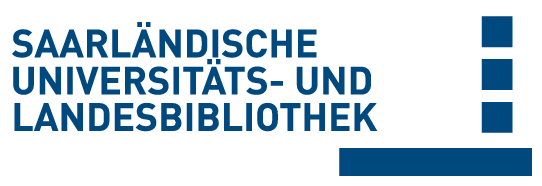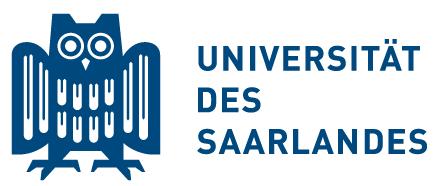Please use this identifier to cite or link to this item:
Volltext verfügbar? / Dokumentlieferung
doi:10.22028/D291-40977 | Title: | Timing of Vaccination after Training: Immune Response and Side Effects in Athletes |
| Author(s): | Stenger, Tanja Ledo, Alexandra Ziller, Clemens Schub, David Schmidt, Tina Enders, Martin Gärtner, Barbara C. Sester, Martina Meyer, Tim |
| Language: | English |
| Title: | Medicine and Science in Sports and Exercise |
| Volume: | 52 |
| Issue: | 7 |
| Pages: | 1603-1609 |
| Publisher/Platform: | Lippincott Williams & Wilkins |
| Year of Publication: | 2020 |
| Free key words: | Immune Response Performance Open Window Training |
| DDC notations: | 610 Medicine and health |
| Publikation type: | Journal Article |
| Abstract: | Objectives Influenza vaccination was used to assess whether induction of immunity or side effects are influenced by the timing of the last training session before vaccination. Methods Forty-five healthy athletes (36 male, 23 ± 8 yr, ≥5 training sessions per week, predominantly national competition level) were vaccinated with the tetravalent influenza vaccine; blood samples were collected immediately before and 1, 2, and 26 wk after vaccination. Athletes were randomly assigned to vaccination within 2 h after the last training session versus after 24–26 h. Influenza-specific T cells were quantified after stimulation with the vaccine based on intracellular cytokine staining. Antibodies (IgA, IgG, IgM) were quantified by enzyme-linked immunosorbent assay and neutralization assay. Participants documented resulting side effects and training restrictions using a standardized diary. Results Both groups showed an increase in influenza-reactive CD4 T-cell levels, which peaked 1 wk after vaccination (fold changes to baseline; median (interquartile range), 3.7 (3.0–5.4; P < 0.001) in the 2-h group; 4.6 (2.8–7.4; P < 0.001) in the 26-h group) with no difference between groups (P = 0.52). Influenza-specific antibodies showed a significant increase after vaccination in both groups (at least 1.4-fold, each P < 0.001, no group differences; P = 0.24–0.97 for different antibody types). Only antibodies toward the Brisbane strain showed a trend toward significant differences in neutralization titers between groups (4-fold (2–17.8) in the 2-h group, 16-fold (4–32.9) in the 26-h group; P = 0.06), whereas other specificities did not differ (P = 0.16–0.72). No intergroup differences were found for side effects; no athlete reported a loss of training time due to the vaccination or its side effects. Conclusion Infection prophylaxis in elite athletes by influenza vaccination seems to be effective and safe. Timing of vaccination after prior training does not seem to require specific constraints. |
| DOI of the first publication: | 10.1249/MSS.0000000000002278 |
| URL of the first publication: | https://journals.lww.com/acsm-msse/fulltext/2020/07000/timing_of_vaccination_after_training__immune.20.aspx |
| Link to this record: | urn:nbn:de:bsz:291--ds-409773 hdl:20.500.11880/36791 http://dx.doi.org/10.22028/D291-40977 |
| ISSN: | 1530-0315 0195-9131 |
| Date of registration: | 7-Nov-2023 |
| Faculty: | M - Medizinische Fakultät |
| Department: | M - Infektionsmedizin M - Sport- und Präventivmedizin |
| Professorship: | M - Prof. Dr. Tim Meyer M - Prof. Dr. Martina Sester |
| Collections: | SciDok - Der Wissenschaftsserver der Universität des Saarlandes |
Files for this record:
There are no files associated with this item.
Items in SciDok are protected by copyright, with all rights reserved, unless otherwise indicated.

